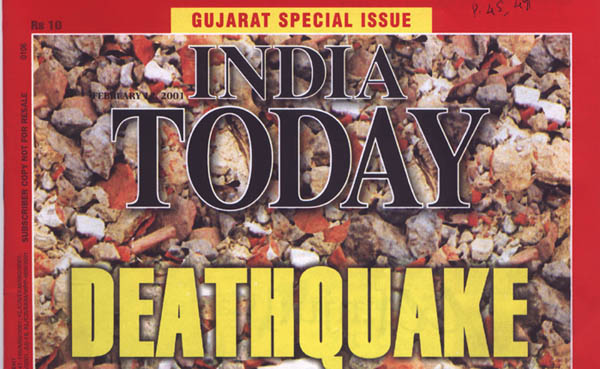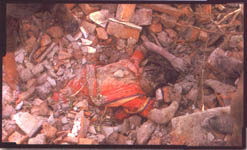
The
tragedy ,almost unprecendented in India’s history of natural calamities
has not cowed down Gujarat. After the 1990 cyclone for instance much of
coastal Orrssa was a picture
of despair. Not so Gujarat. An alternative NGO network got activated after
the quake. For starters. The Sangh Parvar’s reach throughout Gujarat is
unmatched. The first volunteers in Ahmedabad and in Kutch were Rss and Vhp
workers who worked along with the army(which eventually deployed 22,500
troops.) the RAF and members of the gallant fire brigade in rescuing the
trapped.
In
the absence of the official machinery in Kutch, it was the RSS-VHP brigade
that helped rescue people, nurse the wounded and even carry bodies for the
last rites. On January 29, the residents of Nanireldi, a Muslim-dominated
village in Kutch virtually starving since the day of the quake were
pleasantly surprised to see a batch of RSS and VHP workers land with
food-grain, clothes and medicines. Said Abha Ibrahimbhai: “ I ccould
never imagine that the RSS and VHP workers would come to our rescue.”


